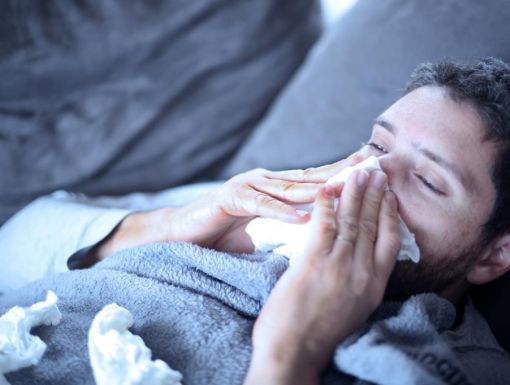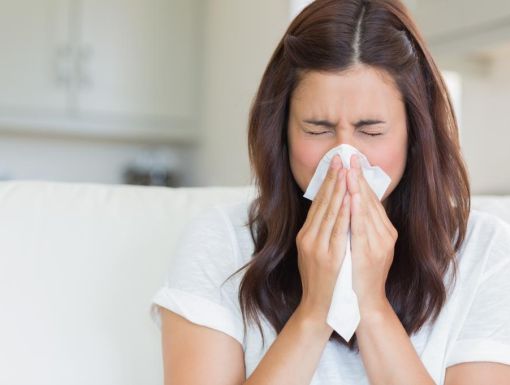
Severe Flu Season Across the U.S. - What to Know
Flu activity in the U.S was very high in the end of 2017. In fact, all but four U.S. states and Washington D.C. reported widespread flu activity for the final week of 2017, accounting for a 10-state increase from the previous week, according to data from the Centers for Disease Control and Prevention.
Those four states—Hawaii, Maine, New Hampshire, and New Jersey—have reported regional activity, while Washington, D.C. reported local activity. U.S. territories Guam, Puerto Rico, and the U.S. Virgin Islands did not report flu activity to the CDC for the week of December 30, 2017.

It’s important to know the symptoms and what actions to take if they arise. Historically, January and February are peak months for the flu and it is important to still get vaccinated for the flu if you have not received a flu shot already in the 2017/2018 season.
Flu symptoms can include:
- Body aches
- Fever
- Chills
- Headache
- Cough
- Sore throat
- Fatigue
Flu symptoms are usually abrupt but typically start with the body aches, fever and chills followed by cough, sore throat and congestion. This strain of the flu is expected to last two to three days. If you are not a high-risk patient, the best course of treatment is consuming lots of fluids, getting plenty of rest and taking a fever reducer or pain reliever (Tylenol, Motrin) for fever.
Antibiotics are not effective against the influenza virus infection. If you are diagnosed with the flu, you should not be given a steroid injection as a course of treatment. Using antibiotics inappropriately can lead to antibiotic resistance and may expose patients to unwanted side effects of the drug.
The updated guidelines from the CDC recommend that only high-risk patients for complications related to the flu should be treated with antiviral medications such as Tamiflu. However, if you have the flu and experience shortness of breath, difficulty breathing, extreme weakness and passing out, seek emergency medical assistance.
Remember to wash your hands frequently and cover your mouth when sneezing and coughing to help limit spreading the virus to others.
If flu symptoms arise, Ochsner patients can call Ochsner On Call (1-800-231-5257 or 504-842-3155), a free service with specially trained registered nurses available to discuss your health care concerns, to help you decide if your symptoms require going to the emergency room for assessment or a visit to a physician, and to recommend appropriate self-care techniques.
Existing Ochsner patients can also contact their medical provider via MyOchsner, a secure online tool that allows patients to communicate with physicians, schedule online appointments, view lab and imaging results, request prescription refills and more. MyOchsner should be used only for non-urgent requests and questions.



